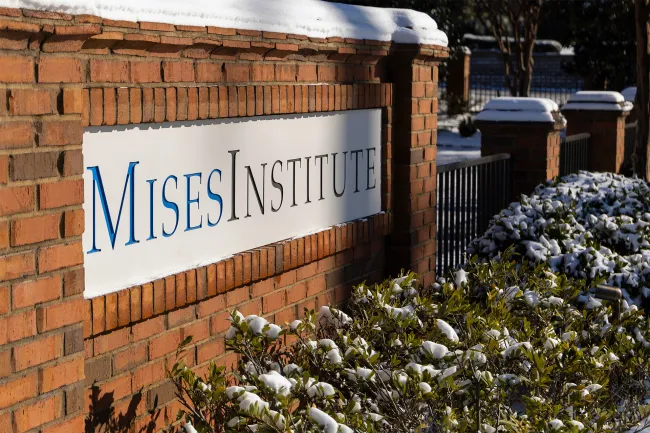Sometime in 2026 a NASA project called Artemis II will send four astronauts to the moon and back. Unlike the Apollo missions of the past century, the Artemis crew will be diverse in gender and race. In Greek mythology Apollo had a twin sister, Artemis, who was “the goddess of forests, hills, wild animals, childbirth, virginity, and the moon.” In case you thought governments lacked ingenuity, naming the Apollo sequel “Artemis” explodes that myth.
The original Apollo missions were suspect in some quarters because of alleged insurmountable obstacles of a manned moon mission, but the rebuttals are consistent with science. One of the problems was getting the astronauts through the Van Allen belt without killing them from intense radiation, an argument disposed of neatly with a single word, firewalking.
The Apollo program had its roots with the October 1957 Soviet launch of Sputnik, “the world’s first artificial satellite and the first man-made object to be placed into the Earth’s orbit.” Fear of a Soviet ICBM nuclear attack frightened American authorities, who also felt a profound humiliation from being trounced by communists. A year later President Eisenhower signed NASA into existence, and the space race was on.
From 1961 to 1964, NASA’s budget was increased almost 500 percent, and the lunar landing program eventually involved some 34,000 NASA employees and 375,000 employees of industrial and university contractors.
The Soviets made four failed attempts to put astronauts on the moon between 1969 and 1972, and with the success of Apollo 11 on July 16, 1969 and subsequent lunar landings, the US could claim “victory” in the space race.
One of the reasons given for the race was to show the superiority of capitalism over communism. But capitalism was a no-show for Apollo. The federal government taxed free market participants to pay for the “flags and footprints” of the moon missions. NASA and other Apollo defenders argue that the program’s impact “on our daily lives is almost incalculable. . . . In 1975, just three years after the last Apollo mission, the program’s return on investment was estimated at 15 to 1. By now [2019] it’s off the charts.”
In searching for benefits, we need to remember Apollo was not a market venture, but a government program. It did not have an ROI because there were no investors, only taxpayers. Advancements in computing, communications, and other tech products were already underway, and even if Apollo accelerated development the benefits weren’t distributed proportionately. And, like all government programs, tax funding leaves a residue of unknown lost opportunities for individual taxpayers.
People have complained that instead of spending the money on rocket ships the government should have spent it on social programs. How about leaving the money with those who earned it and let them decide what to do with it?
According to NASA, the Artemis “campaign” is more inclusive than Apollo, relying on “men and women across America and around the world [for] building the systems to support missions to the Moon, Mars, and beyond.” And, unlike Apollo, its twin sister will seek to establish a permanent residency on the moon.
Whereas explorers after Columbus came to the Americas looking for gold, Artemis astronauts will be looking for ice. “Lunar water ice is believed to reside within permanently shadowed regions, or PSRs, contained within super-chilly cold traps, where gasses can freeze to their solid form. . . [but there is] the scarcity of data supporting the prospect of utilizing water ice on the moon.” NASA will deploy a Micro Nova Hopper—a propulsive drone—that jumps across the lunar surface looking for “hydrogen, a key indicator for the presence of water.”
What’s so important about lunar ice? According to EarthSky,
Future lunar astronauts might be able to use the lunar ice for drinking water, oxygen (from the oxygen component of water), and even rocket fuel (hydrogen) without needing to transport large quantities from Earth.
Maybe Artemis will put a temporary halt to government’s wars and, in that sense, it would be a good thing. But Artemis is in competition with China, a country possibly more blackened than Russia in Western media. Recently, “experts” told a Senate Commerce Committee that, “Unless something changes, it is highly unlikely the United States will beat China’s projected timeline [of] making its first crewed lunar landing before 2030.” Blame is currently placed on the “pace of development of SpaceX’s Starship, which will serve as the Artemis 3 lunar lander, and the need for multiple refueling missions to get Starship to the moon.”
Lost in most commentaries is the recognition that the US economy is running on fumes because of a growing and massive government debt fueled by fiat money and deficit spending, thereby darkening prospects for a space bonanza.
Some Context for Human Ambitions
One can admire people for wanting to extend mankind’s reach to the stars. It’s not just a dream, but necessary for our long-term survival. But a free market approach is the only way we’ll get there and stay. In this respect, the long-forgotten lesson of James J. Hill and his Northern Pacific Railway is instructive. As Burt Folsom writes in The Myth of the Robber Barons, while the rush for railroad subsidies was going on, Hill,
…was building a transcontinental from St. Paul to Seattle with no federal aid whatsoever. Also, Hill’s road was the best built, the least corrupt, the most popular, and the only transcontinental never to go bankrupt. It took longer to build than the others, but Hill used this time to get the shortest route on the best grade with the least curvature. In doing so, he attracted settlement and trade by cutting costs for passengers and freight. Could it be that, in the long run, the subsidies may have corrupted railroad development and hindered economic growth?
A long run view is political suicide for today’s politicians.
The principles of economics that created a productive American society have been under attack since at least 1913 when the government decided it needed to protect big bankers and have access to people’s income. The disasters of economic crises and war, coupled with non-stop draining of private wealth through monetary inflation, have marked our history since then. More government spending even under the heading of ancient Greek heroes will not salvage our economy.


